Initially, samurai were merely retainers for feudal lords and nobility, but they gradually seized power and established the first samurai-dominated government in Japanese history.
When discussing Japan, people often think of a country that is both modern and rich in unique traditions. As one of the most developed nations in Asia, the culture of this country has been explored in numerous Hollywood films. Among these, the samurai warriors frequently symbolize this culture.
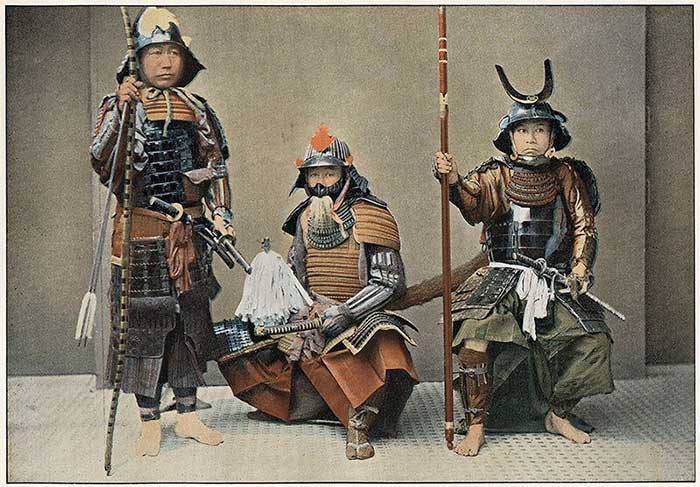
Samurai Warrior.
Historically, the samurai originated in the 12th century, when the upper-class landowners hired these individuals for their own benefit in battles. After achieving their goals, over the next 700 years, samurai were responsible for managing political, economic, and social life in Japan during that period.
During the Edo period (1603-1868), samurai comprised about 5% of the population and were the highest-ranking group in the social class system. They lived in castles adorned with poetry, calligraphy, and other art forms, highlighting their significant roles in society.
However, in 1868, as Japan’s economy entered a phase of globalization, the government abolished the samurai class, leading to many samurai being unable or unwilling to adapt to the new social structure.
Although these individuals were provided loans to seek new livelihoods, only a small number succeeded, while the rest fell into poverty, rendering the samurai a thing of the past.
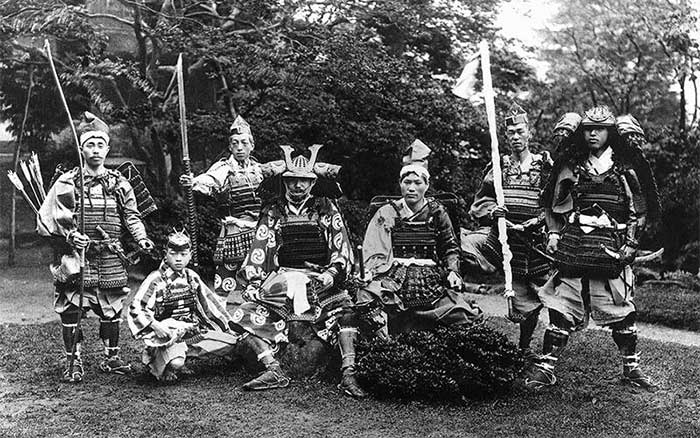
A group of powerful samurai in the 1800s.
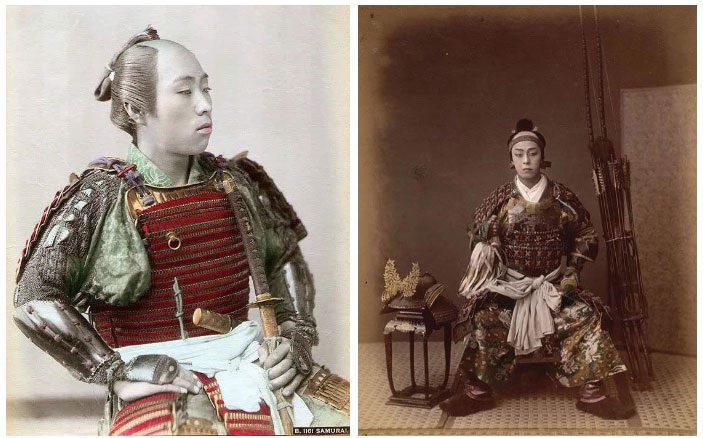
Portrait of a Samurai holding the famous Katana sword.
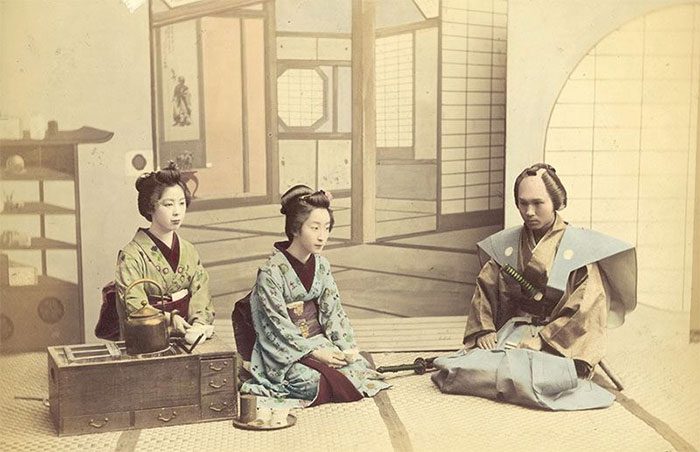
Two geishas receiving a samurai visitor, circa 1880.
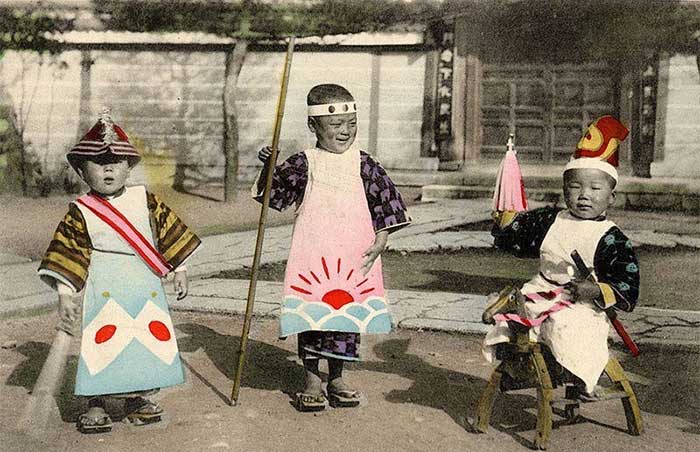
Three boys dressed as samurai captured in the early 1900s.
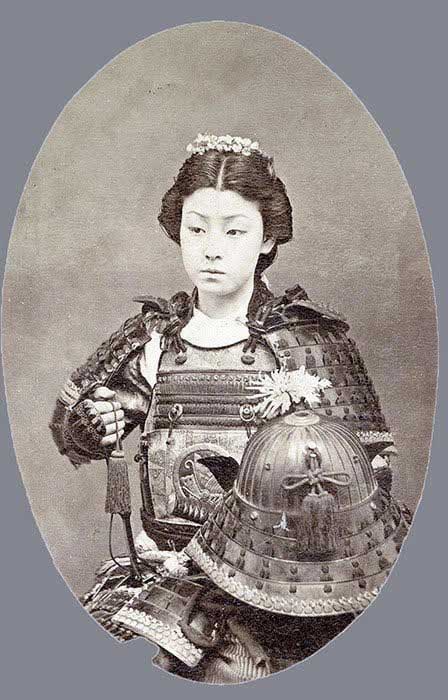
Portrait of a female samurai around the 1800s.
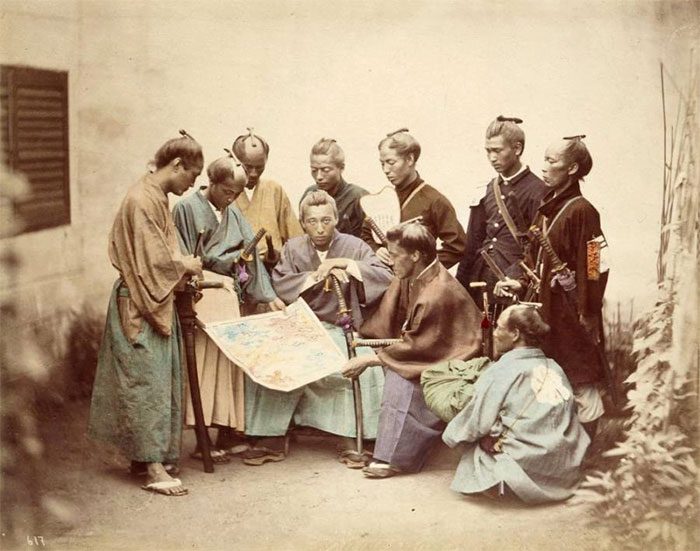
Samurai from the Choshu clan, around the 1860s.
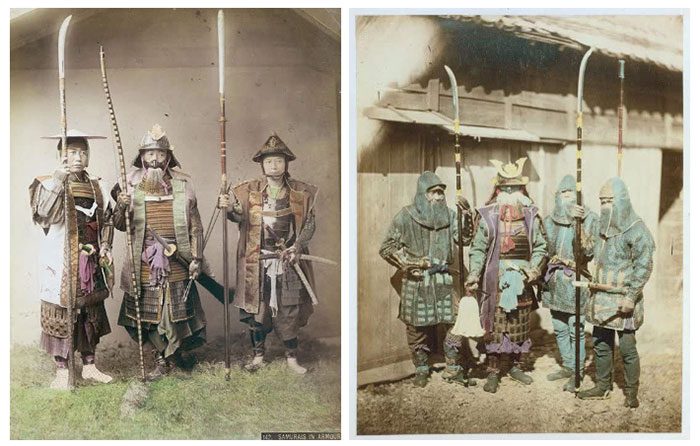
Samurai warriors in armor wielding combat weapons.
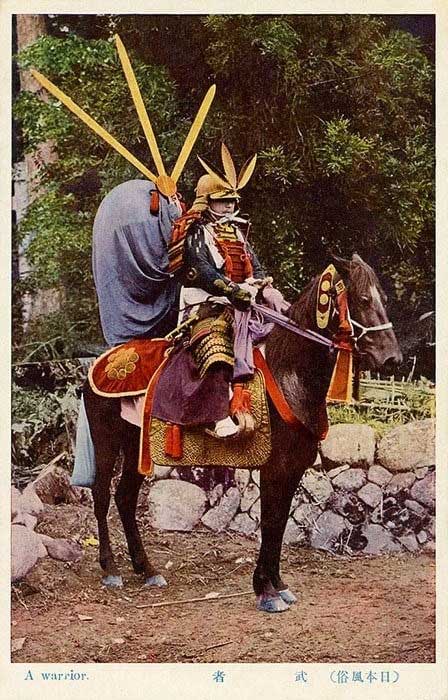
A Samurai on horseback at the end of the Meiji era (1868-1912).


















































